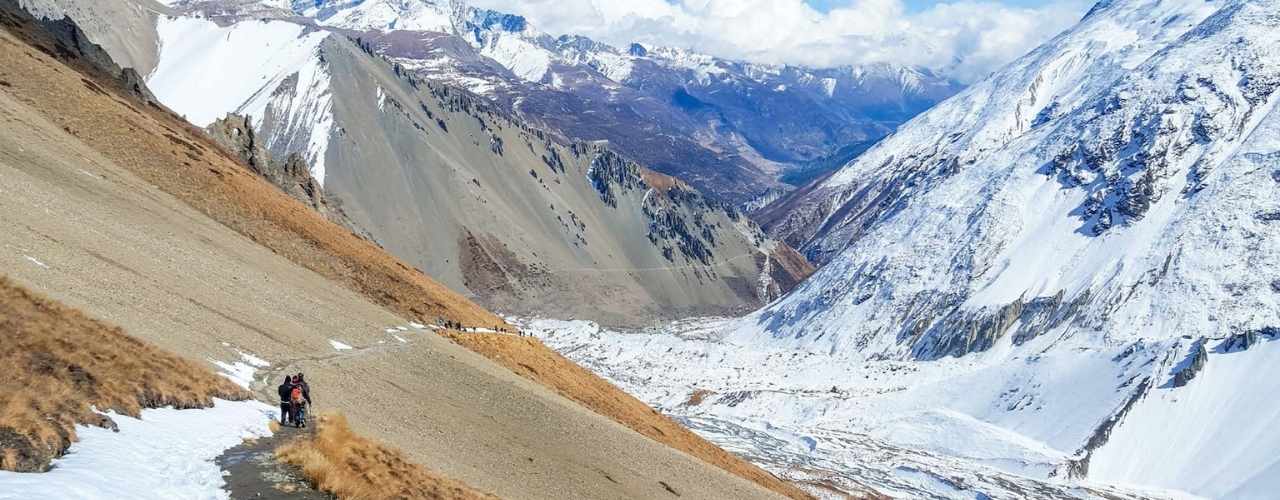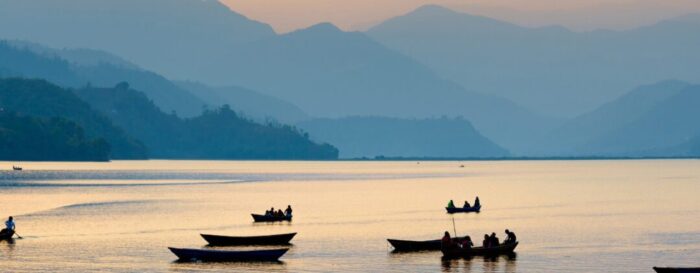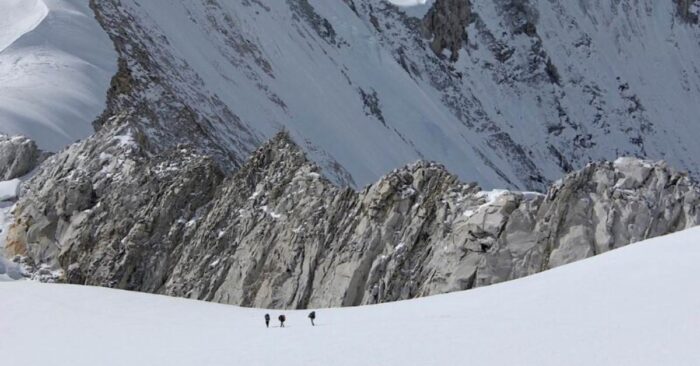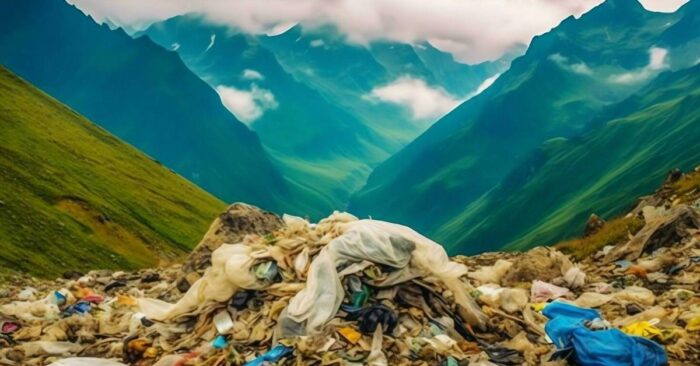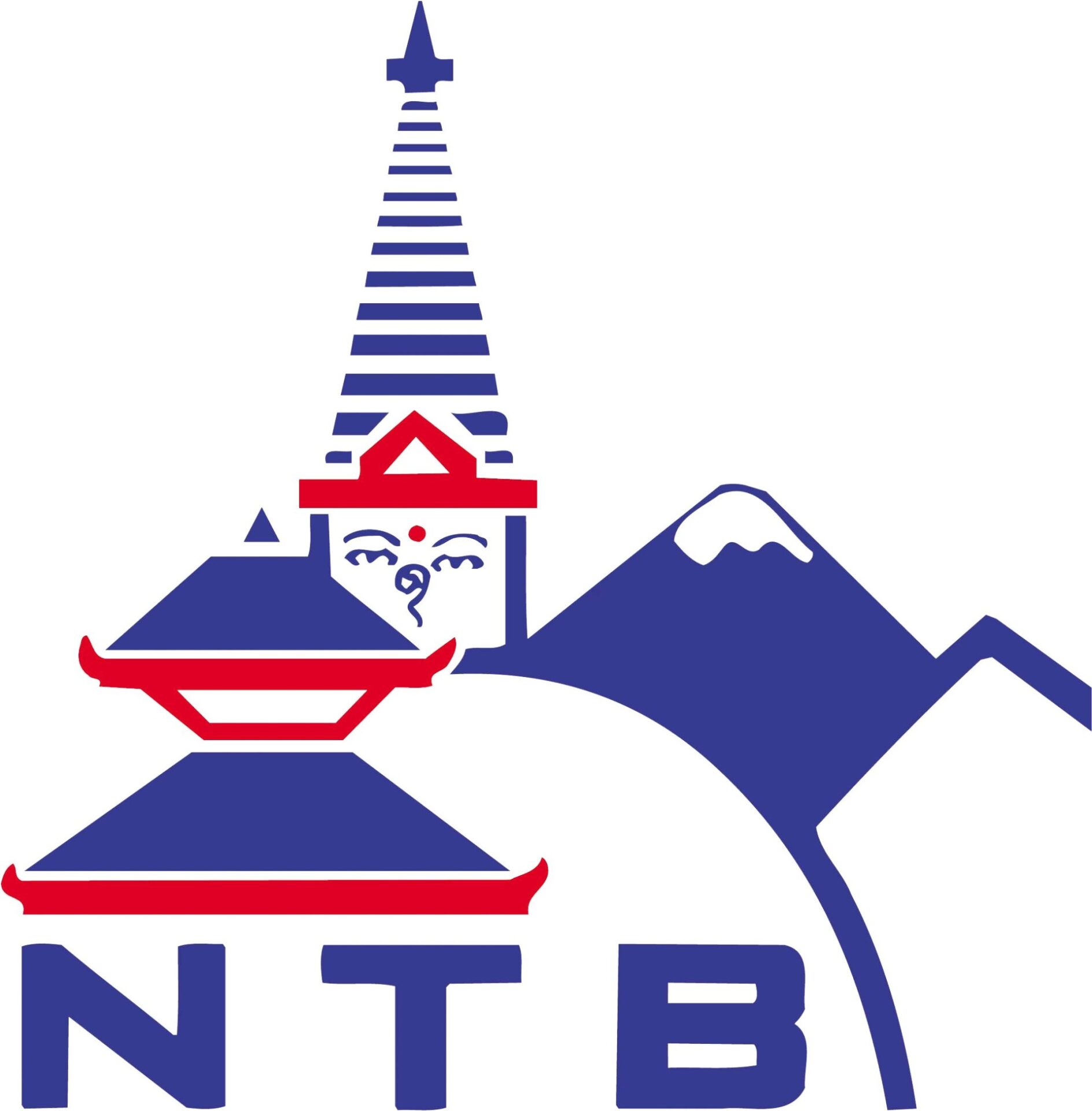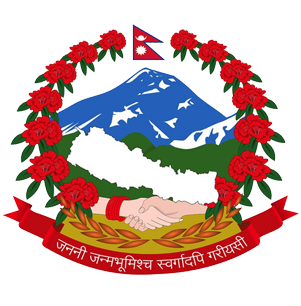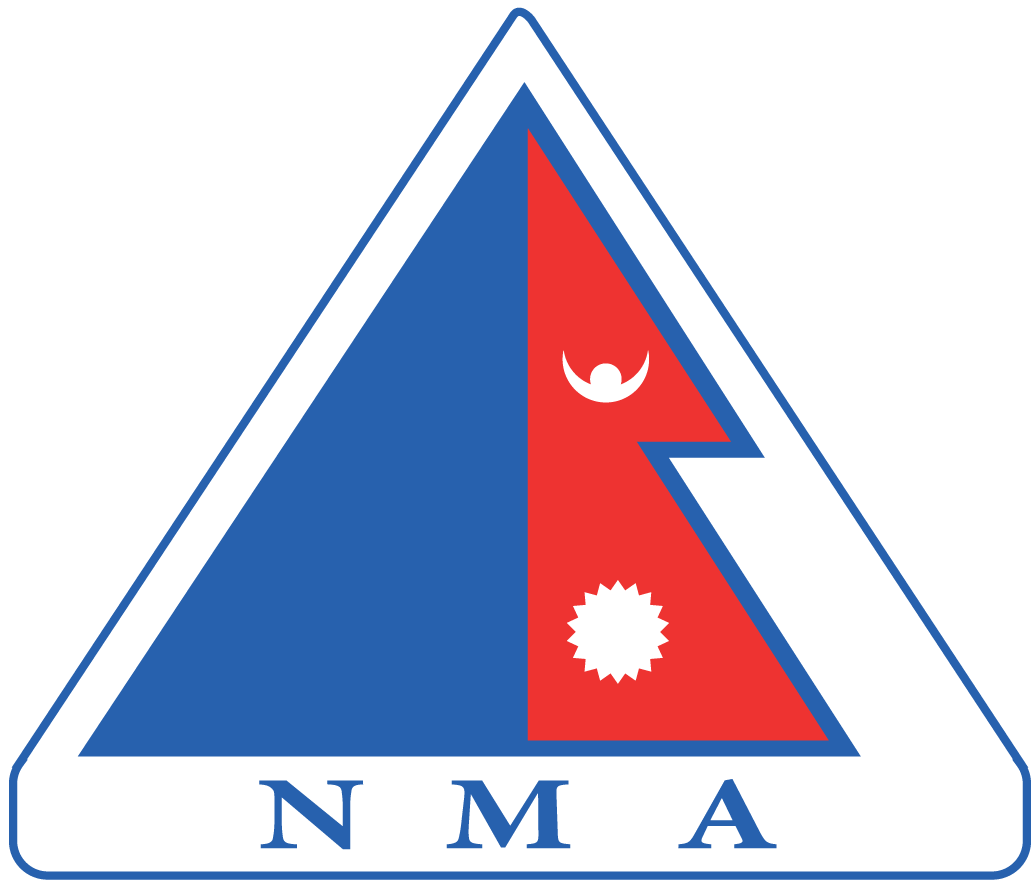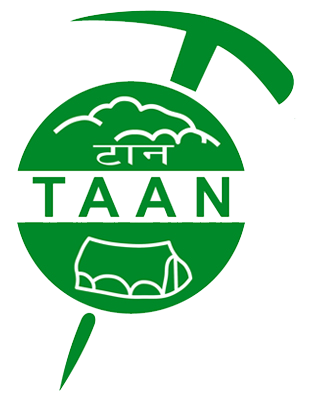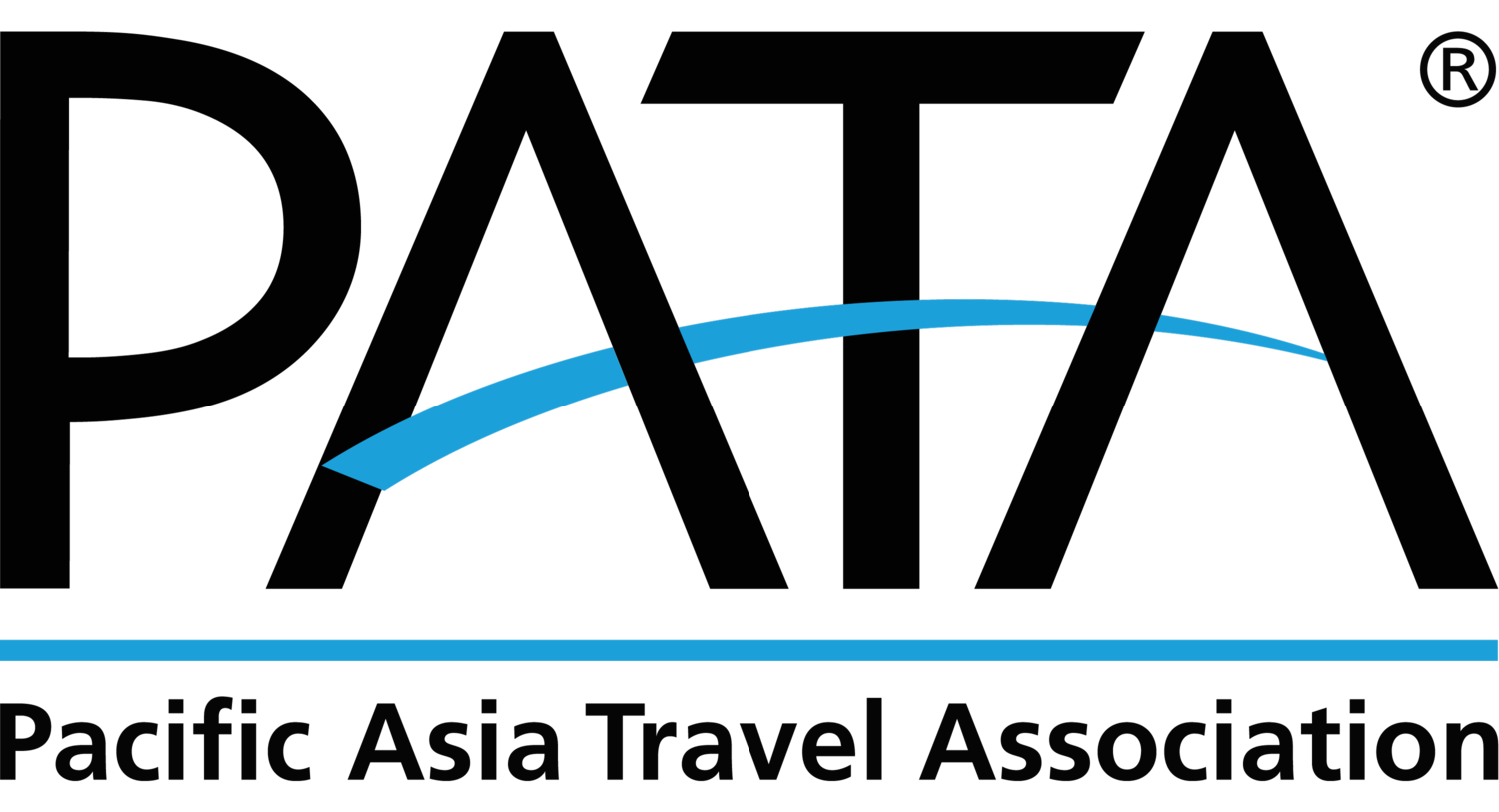A demanding and rewarding trip, the Three Passes Trek is an excellent way to take in the breathtaking scenery of the Everest region. Those who want to visit more of the Everest region than just a regular trip to Everest Base Camp should pick this trek. It provides a once-in-a-lifetime opportunity to go over three high mountain passes and take in the remote and breathtaking scenery of the Khumbu. Here’s everything you need to know about the Three Passes Trek:
Location:
The Khumbu region of Nepal, also referred to as the Everest region, is where the Three Passes Trek is situated. Lukla, a small town with an airport that serves as a gateway to the Everest region, is typically where the trek starts and ends.
Duration:
The duration of the trek ranges between 17 and 21 days, depending on your route and acclimatization plan. To ensure proper acclimatization and prevent altitude sickness, it is important to stay a few extra days at higher altitudes.
Route:
The Three Passes Trek usually begins and ends in Lukla and is completed in a clockwise direction. The three high mountain crossings on this route are its main draws. They are as follows:
Kongma La Pass (18,159 ft/5,535 m)
Cho La Pass (17,782 ft/5,420 m)
Renjo La Pass (17,586 ft/5,360 m)
Highlights:
- Scenic Beauty: Mount Everest (8,848 meters), Lhotse (8,516 meters), Makalu (8,485 meters), and Cho Oyu (8,188 meters) are only some of the world’s highest peaks that can be seen from the trek.
- Three High Passes: Renjo La Pass (5,340 m), Cho La Pass (5,420 m), and Kongma La Pass (5,535 m) are the three difficult passes you’ll cover on this trek, which gives it its name.
- Gokyo Lakes: The trek leads to the picturesque Gokyo Valley, home to a number of breathtaking high-altitude lakes, including the well-known Gokyo Lake.
- Everest Base Camp: You’ll also get to see the world’s tallest mountain up close by going to Everest Base Camp.
Difficulty:
Because of the passes technical challenges and high altitude, the Three Passes Trek is considered challenging. Trekkers should be in good physical shape and have previous experience with trekking at high altitudes. To prevent altitude sickness, proper acclimatization is necessary.
Permits:
A permit is a necessary document that must be obtained from the government of Nepal or another authorized agency. You need to have all the necessary permits, which include:
- Trekkers’ Information Management System (TIMS) Card: A TIMS card is typically required for a lot of trekking destinations in Nepal, including the Everest region. There are two types of TIMS cards: green for organized trekking and blue for solo trekkers. The card aids in the authorities’ tracking of trekkers for their safety.
- Sagarmatha National Park Permit: Because 3 passes take place in Sagarmatha National Park, an additional entry permit is needed. The permit can be obtained in Kathmandu or at the entry to Monjo Park.
- Khumbu Rural Municipality Permit: Along with their Sagarmatha National Park permit, tourists have to obtain another entry permission from the local authority of Khumbu Rural Municipality. Typically, the permit is obtained in Lukla or Monjo.
Teahouses and Accommodations:
The trekking route is well known, and most of the villages along the way have teahouses or lodges. These teahouses provide simple lodging as well as food. The trek becomes more accessible since you don’t need to bring camping gear.
The Best Time to Trek:
In spring (March to May) and autumn (September to November), the Three Passes Trek is the best. Clear skies, stable weather, and fantastic trekking conditions are all present during these seasons.
Altitude Sickness:
To reduce the chance of altitude sickness, acclimatization is essential. To get used to the high altitude, spend a few days in Namche Bazaar and other altitude villages before climbing the passes.
Guided or independent:
Trekking in a guided group or on your own is an option. Many hikers choose experienced guides who have hiked the path before and can offer helpful guidance and support.
Packing List:
Bring the right equipment for your trek, such as footwear for hiking, warm clothing, a high-quality down jacket, a sleeping bag, and other necessities for trekking at high altitudes. It’s also a good idea to bring along a first-aid kit and any medicines that are necessary.

